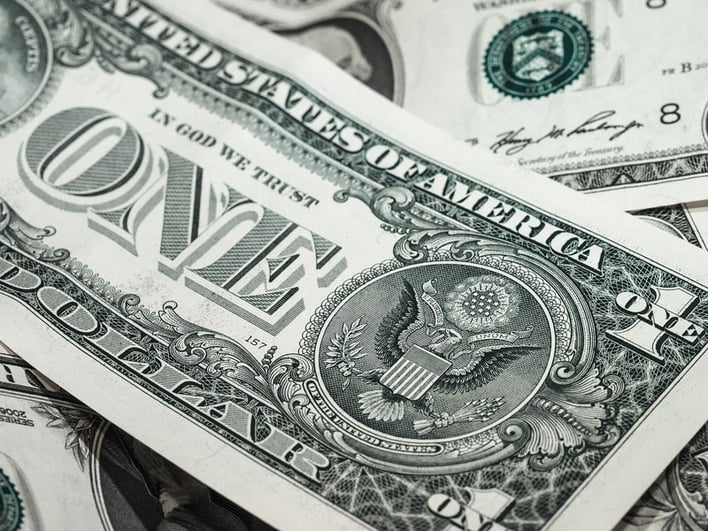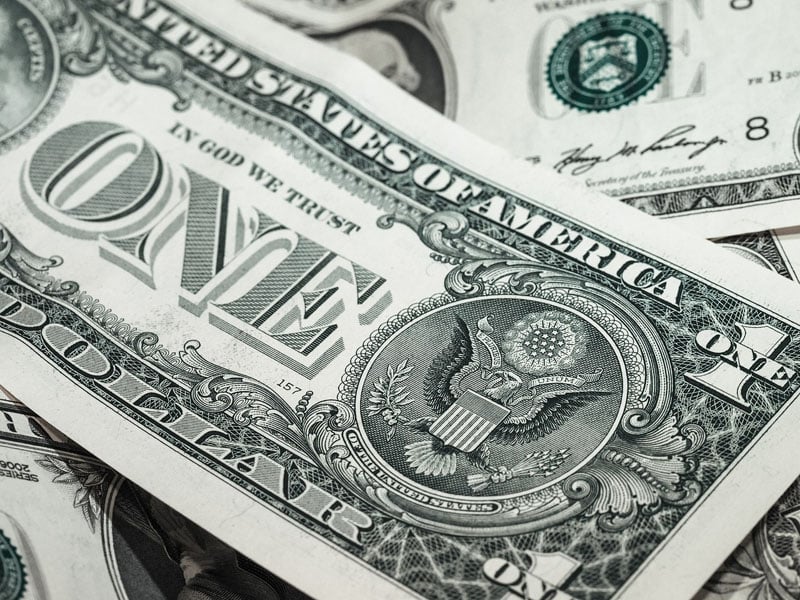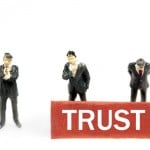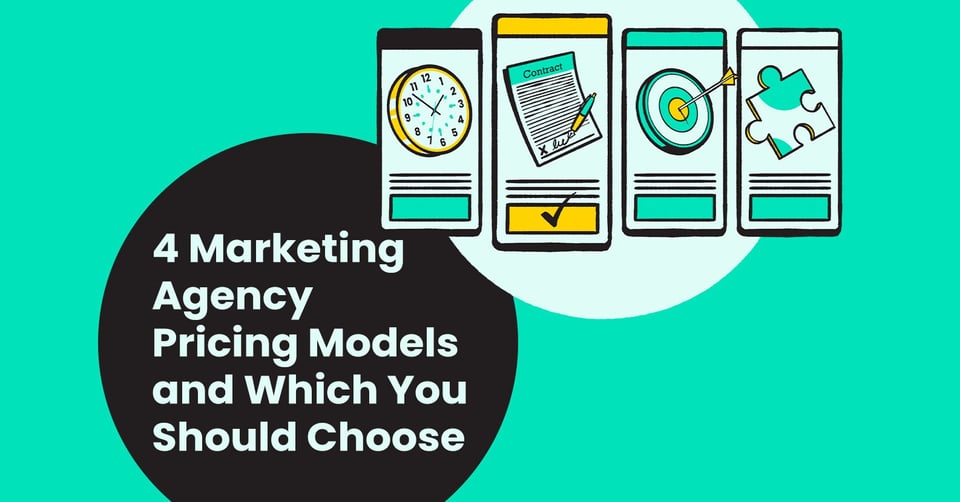
I love a good discount. Nothing satisfies me more than whipping out a coupon I’ve had stashed in my wallet or getting up to the register to see my purchase ring up with a surprise 10% off. Discounts are the best!
…Except when it comes to your business.
What I’m about to say may come as a surprise: your business shouldn’t give discounts. Read on to find out why you should set your prices and stick to them.
The Psychology Of Discounts
If you feel a peppy little boost after using a coupon, it’s not just in your head. Coupons have been shown by scientific studies to raise people’s happiness levels, promote positive health and increase our ability to handle stressful situations.
So what’s not to love? Well, coupons also influence a person’s perception of the good or service being discounted. In a fascinating set of findings, researchers from UC Berkeley’s Haas School of Business explained the connection between coupons and a customer’s perception of price.
The researchers found that customers do something called price inferencing, meaning they infer the price of a product based on the coupon being offered. So, if you’re offering a deep discount—even if it’s a one-time thing—it can cause customers to perceive your product or service as having a lower regular-price value. Not a good thing!
As entrepreneurs, it’s up to us build up the value of our product in the eyes of the customer. Rather than looking for ways to make what we’re selling seem more affordable (i.e. a coupon), we should instead seek out ways to position our product as more valuable—a variable determined not just by price but also by usefulness, necessity and added benefit to the customer’s life.
Coupon Pitfalls
There are several pitfalls associated with offering discounts.
Perception
Number one, as we touched on above, is that it detracts from the perceived value of your product. Think about your favorite fast food restaurant, the place you go when you’re in a rush and need something cheap and quick to eat.
 McDonald’s dollar menu is my guilty pleasure. You can’t beat a helping of those addictive French fries and a fountain Coke for $1 apiece! But when I go to McDonald’s, I have no delusions about what I’m getting. It’s fast food. It’s not a place I go when I want a great meal.
McDonald’s dollar menu is my guilty pleasure. You can’t beat a helping of those addictive French fries and a fountain Coke for $1 apiece! But when I go to McDonald’s, I have no delusions about what I’m getting. It’s fast food. It’s not a place I go when I want a great meal.
Now think about your favorite nice restaurant, the place you go to celebrate your anniversary or a big business win. Chances are there’s nothing on the menu for $1, not even a soda!
Is it because a soda costs your favorite restaurant more to serve than it costs McDonald’s? Of course not! It’s partially that you’re paying more for the fine dining experience, the service and what have you, but it’s also about perception.
If your favorite restaurant had a dollar menu, going there wouldn’t seem nearly as special. Also, comparatively, if you’re paying $1 for a soda, it suddenly seems a bit ridiculous to shell out big bucks for a steak. The customer expects the pricing of everything at the establishment to be aligned (i.e. everything is cheap, not some things cheap and others expensive).
Offering discounts messes with customer perception of your brand.
Customer Fit
To continue the restaurant analogy, think again about McDonald’s versus your favorite restaurant. What do the clientele look like at each establishment? They’re two very different crowds.
Now, we’re not saying there’s anything wrong with bargain shoppers. We can be bargain shoppers ourselves! But when it comes to your business, penny pinchers are not the customers you want.
Would you rather deal with someone who pays full price, no questions asked, because they know you’re worth it? Or, would you rather deal with someone nickel and diming you, constantly haggling for a few bucks off?
When you give discounts, you attract bargain hunters. When you price your product at what it’s worth and politely decline to take anything less, you attract customers who want and can afford to pay it.
Consistency
The final reason you shouldn’t offer discounts is because it leads to a feeling of inconsistency with your pricing.
If a customer got your product for $20 the first time they bought it, why should they have to pay $25 the second time around? Likewise, if they know their friend got it at a discount, why should they have to pay full price? It’s not consistent.
Think of those big box stores that always seem to have some promotion going on. Even when you need something from their store, instead of paying full price for it, you think ‘I’ll just wait for the next coupon.’ You don’t want customers holding out on buying from you because they think they’ll eventually get it cheaper.
Keep your prices consistent by avoiding random discounts.
Exceptions To The Rule
Like anything in business, there are of course exceptions to the no-discounts rule. Two important ones come to mind: when you need to remedy a mistake, and when you want to reward a long-term customer.
We’ve discussed before how important it is to own up to and apologize for your mistakes, and you’ll score major bonus points if you go the extra mile to make the situation right for your customer. Offering a coupon, discount or money back is a legitimate way to do that and isn’t likely to result in the damaging effects we mentioned above since it’s tied directly to correcting your mistake and not the value of your product.
We’ve also talked about actively creating delight for your customers; it’s an important step in the buyer’s journey that comes after securing the customer’s business. The key word here is after the sale.
If a customer has already purchased from you multiple times at full price, they’ve demonstrated that they’re not a haggler and they’re the type of customer that’s going to stick around. Rewarding these loyal fans with a surprise discount is a great way to build delight and keep them coming back even more.
Do you offer discounts in your business? Leave us a comment and tell us why or why not.
Get weekly tips for building your most profitable business by subscribing below!














.png)


